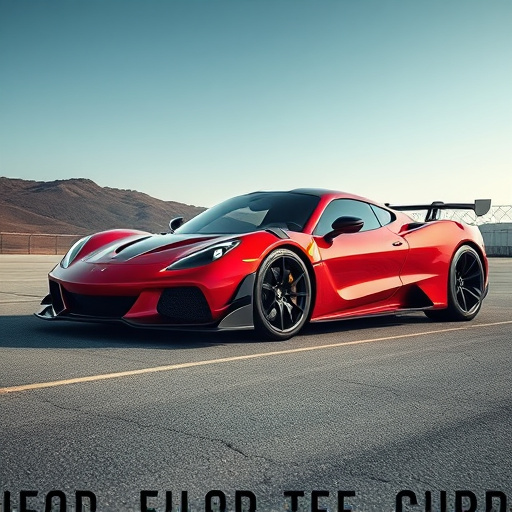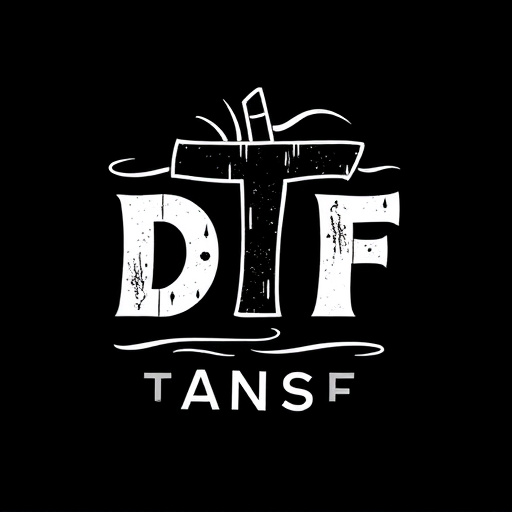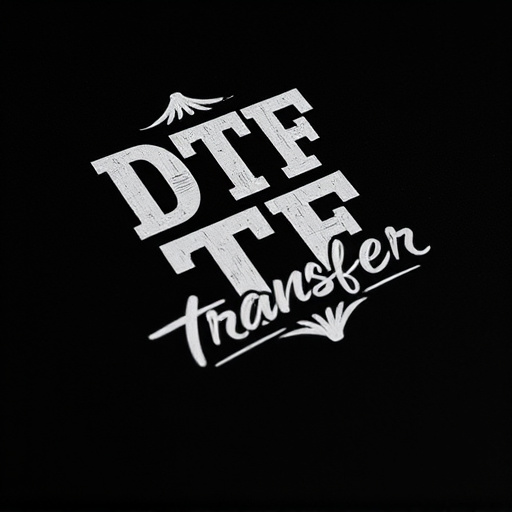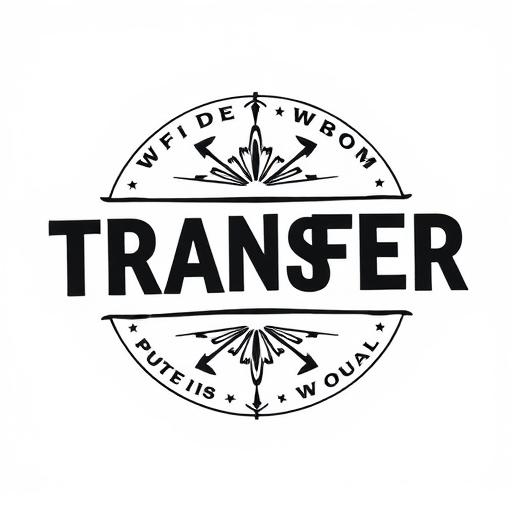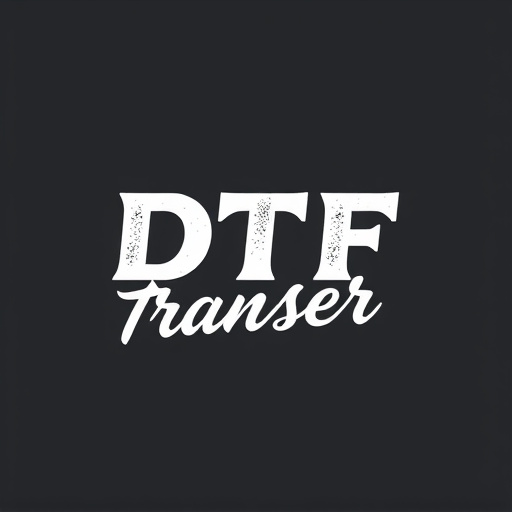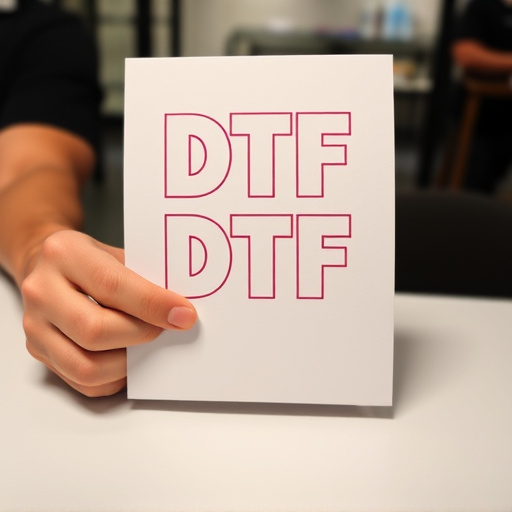Direct-to-film (DTF) transfer is a user-friendly printing method that enables hobbyists and artisans to create high-quality designs on various materials. With accessible tools and techniques, DTF allows for personalized creations and unique products. The process involves applying ink to film, pressing it onto surfaces, and selecting the right materials for durability and aesthetics. Key steps include preparing digital designs, setting printer parameters, cleaning film, and curing prints. DTF is ideal for custom transfers on textiles, ceramics, and more, offering a cost-effective way to bring artistic visions to life.
Discover the exciting world of Direct-to-Film (DTF) transfer—a game-changing technology for hobbyists and artisans. This innovative process allows you to create stunning, permanent designs on various materials without complex equipment. In this comprehensive guide, we’ll explore DTF’s benefits, from its ease of use to the vast creative possibilities it offers. Learn about choosing the right materials, mastering the step-by-step process, and achieving professional-looking results with simple tips. Elevate your crafts with DTF prints!
- Understanding Direct-to-Film (DTF) Transfer: A Beginner's Guide
- Benefits of DTF for Hobbyists and Artisans
- Choosing the Right Materials for DTF Printing
- Step-by-Step Process of Creating DTF Prints
- Creative Applications of DTF Technology
- Tips and Tricks for Professional-Looking DTF Results
Understanding Direct-to-Film (DTF) Transfer: A Beginner's Guide

Direct-to-film (DTF) transfer is a cutting-edge printing method that allows hobbyists and artisans to create stunning, high-quality designs on various materials, from ceramics to wood and fabrics. Unlike traditional techniques that often involve multiple steps and specialized equipment, DTF offers a straightforward approach to achieving professional results.
At its core, DTF transfer involves applying ink directly onto a pre-prepared film, which is then pressed onto the target surface. This innovative process eliminates the need for complex setup and allows for precise, detailed prints. With just a few basic tools – including a compatible printer, transfer film, and a heat press or iron – beginners can start experimenting with DTF printing. The versatility of this method makes it an attractive option for hobbyists looking to personalize their creations and artisans seeking unique, customizable products.
Benefits of DTF for Hobbyists and Artisans

Direct-to-film (DTF) options offer a plethora of advantages for hobbyists and artisans looking to bring their creative visions to life. One of the key benefits is its accessibility; DTF Transfer allows individuals to print directly onto various materials, including fabric, wood, and metal, without requiring complex equipment or extensive skill sets. This democratizes design and craftsmanship, enabling folks with passions but limited resources to create unique, personalized items.
Additionally, DTF Printing provides a cost-effective solution for small-batch production. Hobbyists can easily produce multiple prints with consistent quality, perfect for creating custom gifts, home decor pieces, or even small-scale art installations. The versatility of DTF Transfer further enhances its appeal; it accommodates diverse design complexities, from simple text and graphics to intricate patterns and images, ensuring that artisans can realize their most elaborate visions.
Choosing the Right Materials for DTF Printing

When considering Direct-to-Film (DTF) printing for your hobbyist or artisan projects, selecting the appropriate materials is key to achieving high-quality DTF Transfers and DTF prints. The first step is to choose a suitable film that aligns with your desired outcome. Different films offer various characteristics like durability, gloss, and transparency, so picking the right one depends on whether you’re printing for textiles, ceramics, or other surfaces.
For example, if creating designs for clothing, a flexible, heat-transferable film might be ideal. In contrast, for crafting items like phone cases or decorations, consider a more rigid yet durable material. Additionally, ensure your chosen film is compatible with your printer and the type of ink you plan to use, whether it’s solvent, UV, or eco-friendly. The right combination of film and ink will produce vibrant, long-lasting DTF prints that bring your creative visions to life.
Step-by-Step Process of Creating DTF Prints

Creating Direct-to-Film (DTF) prints is a delightful process that allows hobbyists and artisans to bring their designs to life with ease. Here’s a simplified, step-by-step guide on how to achieve exquisite DTF transfers:
1. Prepare Your Design: Start by creating or obtaining a high-resolution digital image of your desired design. This could be artwork, text, or patterns that you want to print directly onto film. Ensure the file format is compatible with your printing software and hardware.
2. Set Up Your DTF Printer: Calibrate your DTF printer according to the manufacturer’s instructions. Adjust settings like temperature, pressure, and print speed for optimal results based on the type of film and ink you’re using. Preheat the printer to ensure consistent performance throughout the printing process.
3. Prepare the Film: Choose a suitable film stock compatible with your DTF printer. Clean the film surface thoroughly to eliminate any dust or contaminants that might interfere with the print quality. Ensure the film is fed correctly into the printer, aligned precisely for crisp, clear imaging.
4. Print the Design: Load your prepared design file into the printing software and send it to the DTF printer. Monitor the printing process carefully, ensuring there are no errors or misalignments. The printer will apply heat and pressure to transfer the ink from the design onto the film.
5. Cooling and Curing: Once the printing process is complete, allow the printed film to cool down naturally. Follow the manufacturer’s guidelines for curing times; this step ensures that the ink sets properly, resulting in vibrant and long-lasting prints.
Creative Applications of DTF Technology
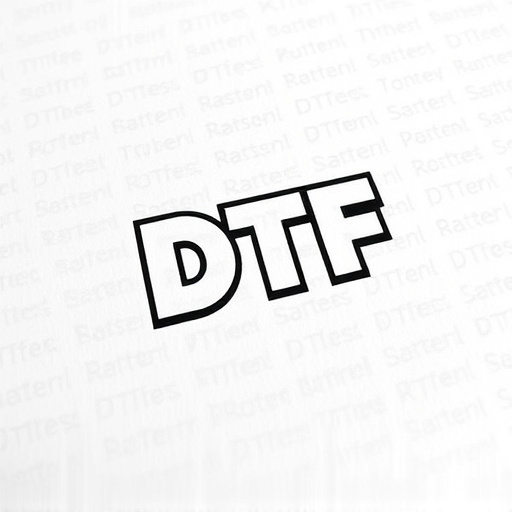
Direct-to-film (DTF) technology offers a world of creative possibilities for hobbyists and artisans looking to bring their designs to life in unique ways. One of its standout applications is in custom DTF transfers, allowing users to create intricate patterns and graphics that can be applied to various materials like fabric, wood, or metal. This process involves transferring the design directly onto the surface using specialized inks and heat, resulting in high-quality, long-lasting prints.
For artisans, DTF printing opens doors to personalize their creations, from adorning clothing with unique patterns to crafting intricate wooden ornaments. The versatility of DTF allows for complex designs with fine details, making it ideal for those who appreciate artistic expression. Whether it’s creating custom artwork, designing logos, or producing limited-edition collectibles, DTF technology empowers hobbyists and artisans to turn their imaginative concepts into tangible, visually appealing products.
Tips and Tricks for Professional-Looking DTF Results
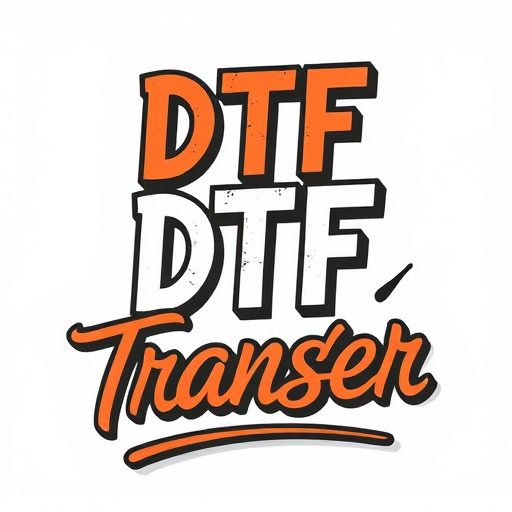
Achieving professional-looking DTF (Direct-to-film) results at home is entirely feasible for hobbyists and artisans with a few tricks up their sleeves. One key tip is to invest in high-quality DTF Transfer films and printers, ensuring compatibility for optimal results. Calibrating your printer settings precisely, including temperature and exposure time, significantly impacts the quality of your DTF Prints. Test prints on scrap materials first to dial in these settings.
Another essential aspect is preparing your designs thoughtfully. Vector graphics are generally best for DTF, as they offer crisp lines and clean edges. Remove any unnecessary background elements or subtle gradients that might blur during the transfer process. Consider using design software with built-in DTF profiles to ensure your artwork is optimized for direct printing onto various materials.

